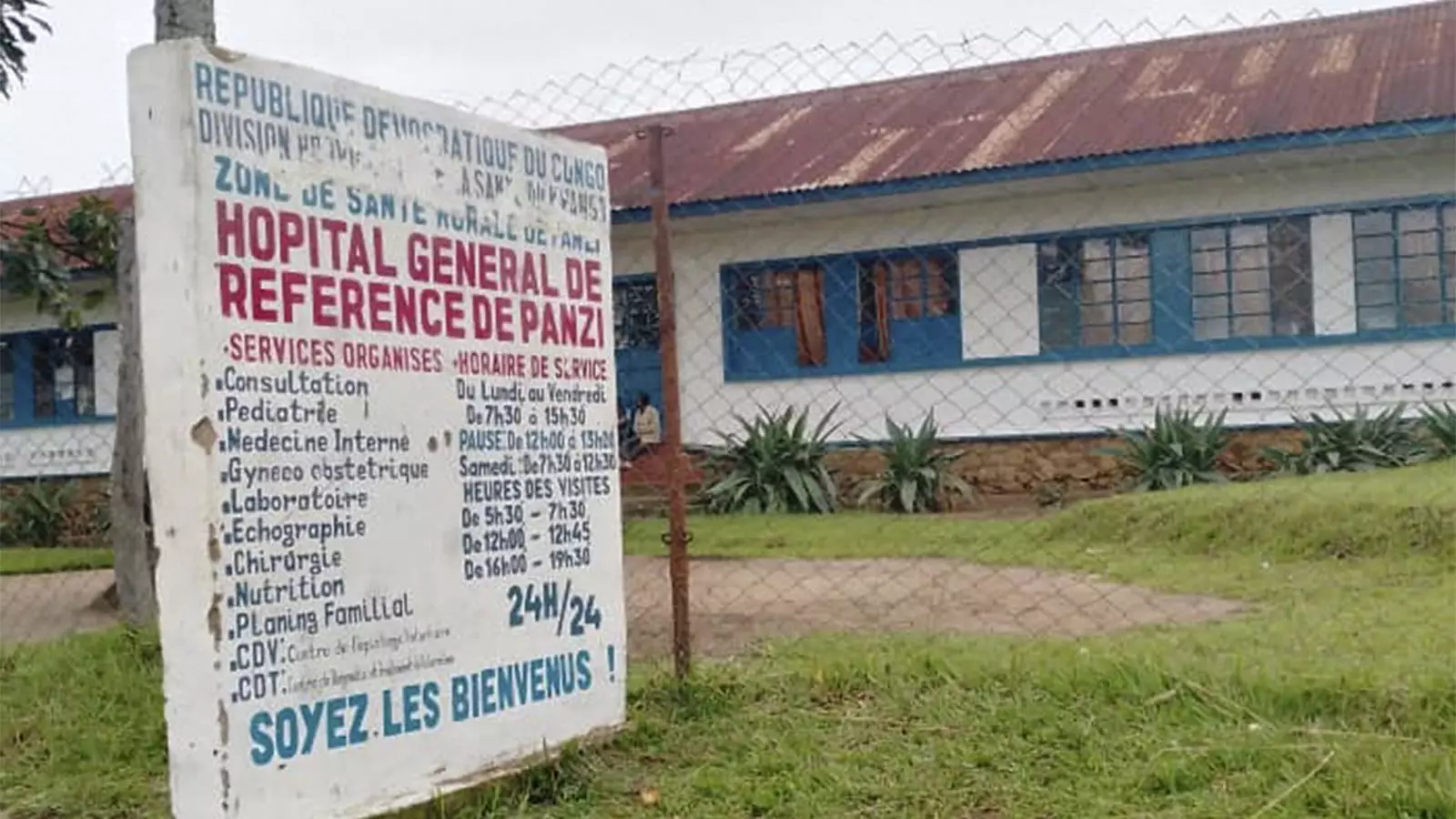In recent weeks, health officials in western Congo have been confronted with a perplexing and deadly outbreak. A man exhibiting symptoms of hemorrhagic fever has died in the Panzi area of Kwango province, prompting concerns that an unidentified virus may be contributing to an already complex health crisis. This ongoing outbreak has claimed the lives of at least 37 people, with health authorities suspecting that both malaria and another viral infection may be at play. Such a dual threat complicates an already precarious public health situation in a region vulnerable to a variety of diseases.
Underlying Health Challenges
Malaria is endemic in the Panzi area, and it is often accompanied by high levels of malnutrition among the local population. Consequently, the symptoms of the flu-like disease—fever, headache, cough, and anemia—could be indicative of either a severe malaria infection exacerbated by malnutrition or a viral outbreak occurring simultaneously with malaria infections. The Africa Centers for Disease Control and Prevention (CDC) official Ngashi Ngongo highlighted this unique dilemma, proposing a working hypothesis that reflects the intertwined nature of these diseases.
Data from the outbreak provides a chilling snapshot of an escalating crisis. To date, health facilities have reported 592 cases and 37 confirmed deaths, a concerning increase from the previous week, which saw 65 new cases and five additional fatalities. More alarming is the discovery of 44 additional deaths within communities that remain under investigation. Among the tested samples, an overwhelming 86% showed positive results for malaria, underscoring the parasitic disease’s profound impact on the region.
The situation has drawn the attention of global health authorities, with the World Health Organization (WHO) stepping in to assist with investigations. Dr. Tedros Adhanom Ghebreyesus noted the predominance of malaria in blood samples collected from the Panzi area but acknowledged the possibility of concurrent infections. WHO experts, in collaboration with Congo’s National Rapid Response Team, traveled two days to reach some of the most affected areas to collect further samples and investigate the precise nature of the outbreak.
Logistical Challenges of Disease Control
Compounding the issue is the logistical difficulty in accessing the affected regions. Panzi is approximately 435 miles from Kinshasa, the capital, and lacks the health infrastructure necessary to conduct on-the-spot testing. As a result, samples are transported over long distances—more than 310 miles to Kikwit—before comprehensive testing can occur. This delay can hinder timely diagnoses and responses, allowing diseases to spread more extensively within the local population.
Historical Context and Future Implications
Historically, the region has faced multiple health challenges, including a typhoid fever epidemic just two years prior. The current resurgence of seasonal flu further complicates the existing health crisis. Much of the affected population comprises children under the age of 14, raising grave concerns for their future health and well-being. It is imperative that local and international health authorities prioritize the collection of data and the swift implementation of measures to curb the outbreak.
As the mystery surrounding this disease outbreak in western Congo deepens, the convergence of malaria and potential viral infections presents a multifaceted challenge for health officials. The lack of testing capacity, combined with the region’s historical health struggles, necessitates urgent action and expanded resources to address the community’s needs. Continued monitoring, data collection, and targeted interventions will be critical in mitigating the spread of the outbreak and ensuring the health of the vulnerable population in the region. The unfolding situation is a stark reminder of the delicate balance between disease management and ensuring public health safety in vulnerable areas.


Leave a Reply